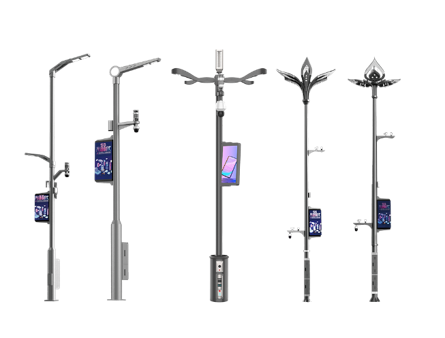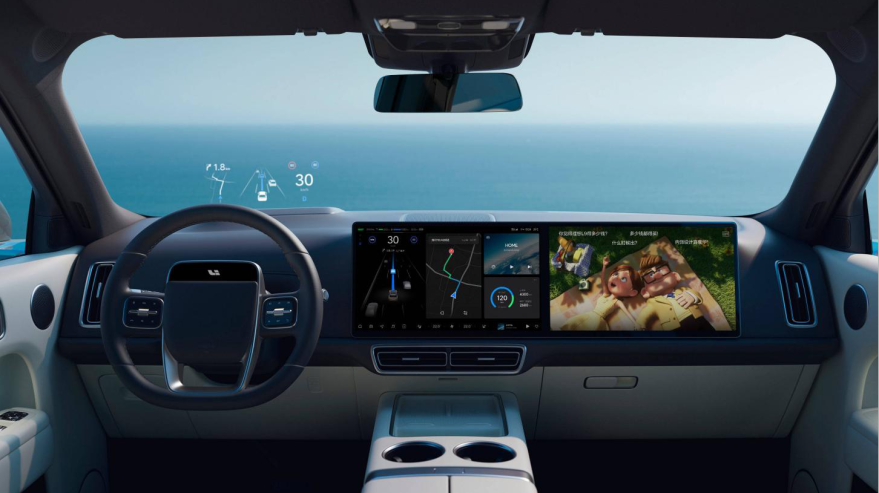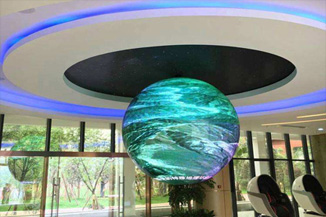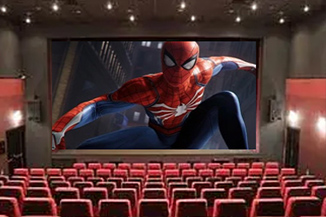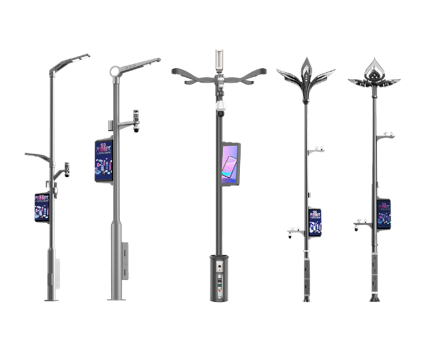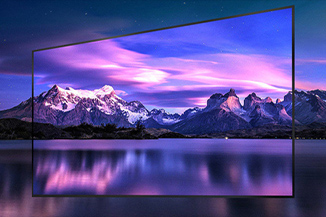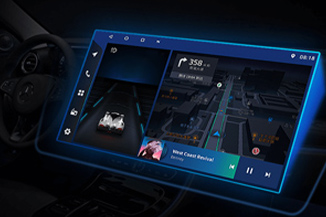Publisher: Supplier of LED Display Time: 2022-02-18 17:02 Views: 1803
In recent years, the new crown pneumonia epidemic has brought a huge impact on the global economy. The demand for global remote conferences, cross-department and multi-terminal collaboration, remote emergency command, digital twin cities, smart factories and distance education has increased in an all-round way. my country's control room display industry as a whole is showing a contrarian trend upward trend.
Small pitch LEDs are the main force. In recent years, small-pitch LEDs have developed rapidly in the indoor large-screen splicing display market due to their seamlessness, thinness, wide color gamut, and good consistency. Small-pitch LED splicing displays can be seen everywhere in the center. According to Ovi Ruiwo market research data, the share of small-pitch LEDs is close to 60%, and it is predicted that its market share will exceed 70% by 2024, becoming the absolute main force in the indoor large-screen splicing display market.

So are small-pitch LED products really perfect? Of course not, there are always two stubborn diseases that plague the entire industry and become lingering pain points.
One of the pain points is that it is very dazzling to watch for a long time and at a close distance, and the viewing comfort is not good;
The second pain point is that after a period of use, there will be many "caterpillars" on the big screen, which seriously affects the integrity of the picture.

Where is the root of the problem? It lies in the passive drive mode of PM (Passive Matrix). LED lamp beads can be made smaller and smaller, and now it can be 0.4mm*0.4mm, or even smaller, but the driver IC cannot be so small, and it is impossible to achieve point-to-point precise control of one lamp bead by one driver IC. In the industry, one group (3) of driver ICs is commonly used to scan and drive dozens of rows and thousands of lamp beads at the same time, commonly known as PM passive driving.
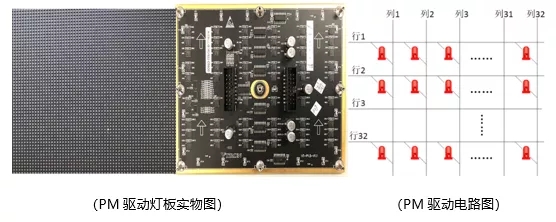
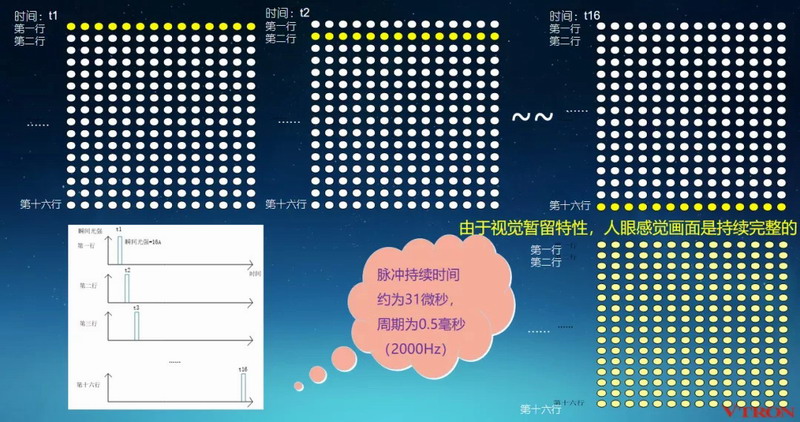
In the PM passive drive mode, the lamp beads are turned on and off row by row. In a small display area, only one row of lamp beads is on at the same time, and the other rows of lamp beads are all off. It's like sweeping your eyes with a laser pointer quickly and repeatedly, so fast that you think it's always on, and the instantaneous peak brightness of the lamp beads can reach dozens of times the perceived brightness, so you will feel Very dazzling, even when the brightness of the LED screen is turned down.

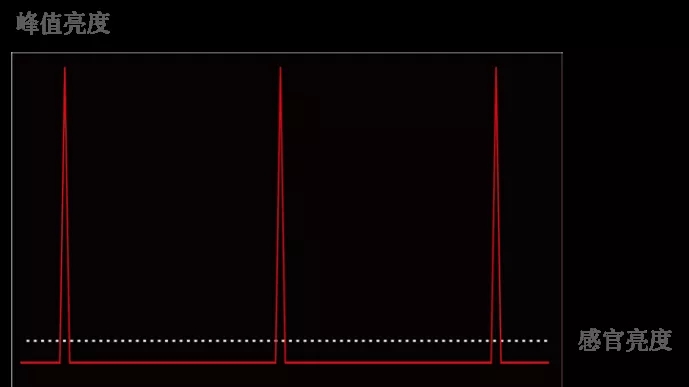
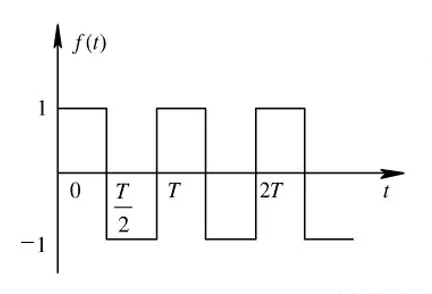
Under this kind of pulse drive, the LED is destined to not be able to continuously supply power, resulting in dynamic display, which is the reason for the discomfort to the human eye, which is unavoidable.
If one lamp bead is damaged and short-circuited, the entire row or column of lamp beads will be always on, commonly known as "caterpillars".
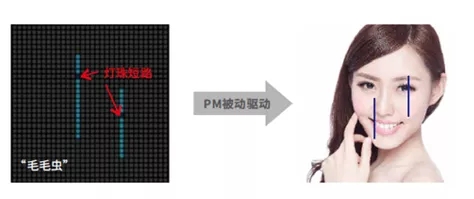
Some people may also say that the main pain point of the small-pitch LED industry is the dot pitch, and that the smaller the dot pitch, the better. In fact, in the field of large-screen splicing display applications, the minimum viewing distance is generally more than 3-5 meters. At this distance, the point spacing of P1.0-P1.5 is enough. Too small point spacing is actually a kind of waste.
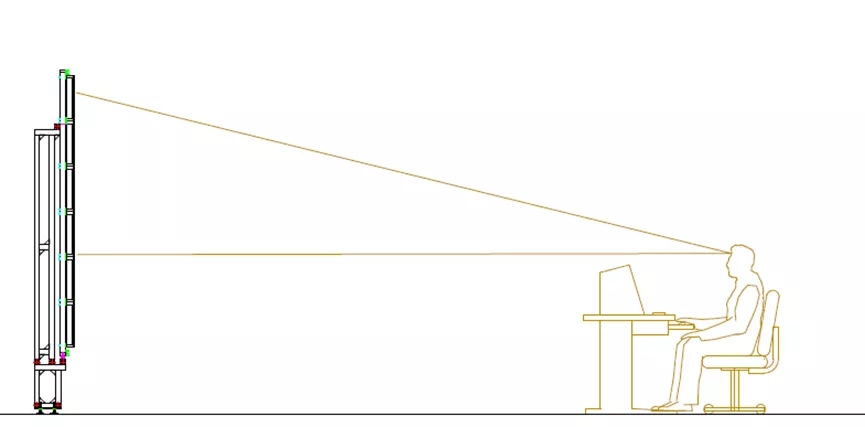
How can we completely eradicate the two chronic diseases of viewing glare and "caterpillars"?
